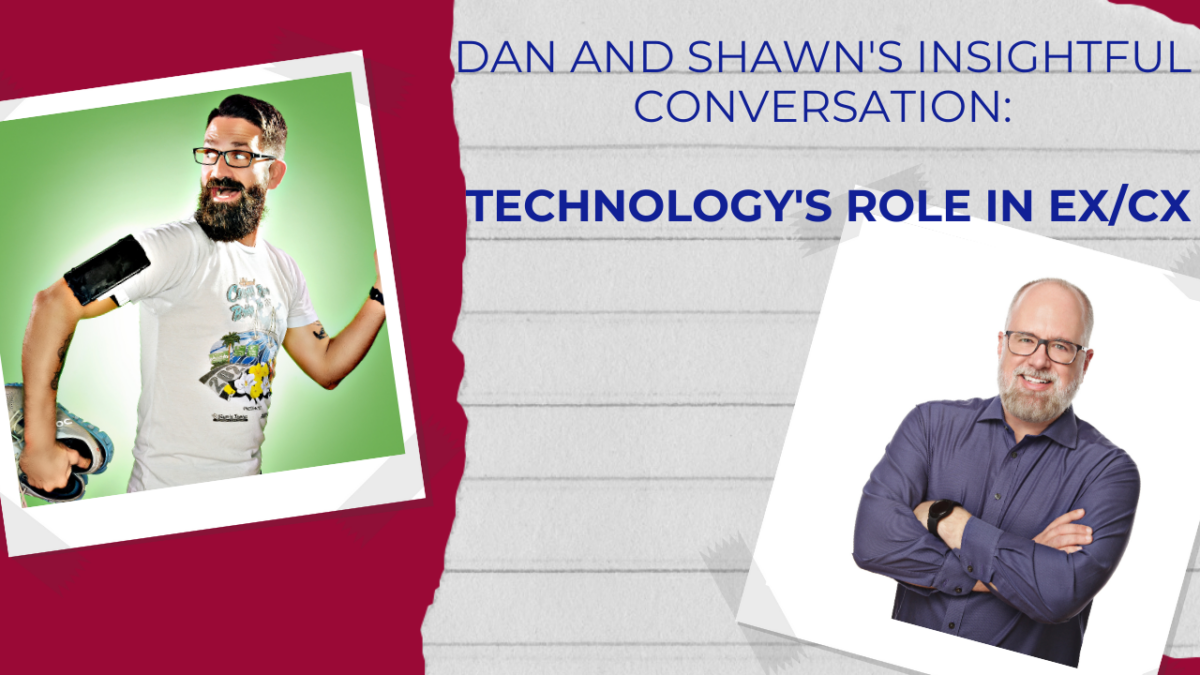Why Interviewing for Internal Roles May Be the Key to Your Next Career Move
In many organizations, people are promoted because they’ve been in a role for a while, and they know the right buttons to push or the right people to work with. And I think that’s a problem.
Don’t get me wrong, I think internal promotion and giving people a career path is fantastic! Study after study has shown how important professional development and career growth are to retaining talent, especially younger generations. The point isn’t to say we should stop promoting people internally, but I think that people should be interviewed, even internally, when receiving a promotion.
I can hear your comments now. “I shouldn’t have to interview for a position I’ve already earned” … “Interviewing for a promotion is just an extra hoop to jump through” … “I hate interviewing! If they make me interview, I’m going to tank and lose out on this opportunity.” I get it and I think your concerns are valid and should be considered as these processes and policies are implemented. But what you don’t realize is that the organization is doing you a disservice by not interviewing you for the role. Hear me out.

In my role, I’ve had an opportunity to help people move from one organization to another. Whether that’s hiring them into my team or coaching them through their job search process. One of the biggest challenges I’ve seen from people is their inability to articulate their value in an interview. “Why should we hire you.” It’s a common enough question but so many people swing-and-miss on this question and it’s such a critical answer for you to nail!
I’ve heard plenty of people mention how they are self-starters, self-learners, quick learners, self-motivated, team players, great communicators, etc, etc. These are likely all true and possibly valuable. However, why would I hire you, a self-starter who loves to collaborate, over someone else that expresses the same thing? There needs to be more definition, a finer point, or a better way to communicate your value.
And here is where interviewing for internal roles comes in.

When organizations interview for internal roles, it gives you the opportunity to practice articulating the “why me” answer. It gives you the chance to self-assess and look for the core nuggets of why you’ve been successful and then how to articulate that to other people.
There will be a temptation to simply point toward the projects you’ve run well or the team that has grown under you. The problem is that those examples don’t get to the core of your value add. Great, you ran a project well, but what was it about your skillset and unique ability that allowed you to do that? You’ve got to dig deeper and articulate something specific and unique.
So how do we do this and what does it look like? I’m so glad you asked!
You think you work well in team environments and that is a reason someone should promote you or possibly hire you. But when is that true and when has it not been true? Do you work best when teams are made up of certain people or in certain environments? So you refine your answer to “I’m a great team player with people who love to dream and cast vision”, but why is that true? What is it about working with them that you enjoy and that makes you so valuable in that environment? You refine further. “I love working in a team environment with people that cast vision and dream well because I don’t do those things well.” We’re getting closer but we don’t want to end on a negative. Plus, we need to go one level deeper. So instead of saying “I’m a great team player” you can say “I work well in team environments with individuals that cast vision well. I’ve found that my skill is in taking someone else’s vision and making it a reality. I love refining and executing big picture thinking and I work well in environments that include that.” You don’t just work well in team environments, you’re an executor and refiner!
For myself, I could just say “I’m curious and I like to ask questions”, and that might be a bit unique but it’s far short of what it could be. My answer is “I’m incredibly curious and love to ask questions. I’m very comfortable being the dumbest person in the room and asking the questions that everyone thinks but no one wants to ask. My questions typically help teams investigate assumptions and norms to ensure everyone is aligned and on the same page before moving forward. Simply put, you should hire me because my curiosity can help your organization improve communication and move faster by uncovering the unanswered questions.”

This type of self-assessment and ability to articulate your unique value can lead to greater confidence and impact, even in your current organization. When you don’t interview for internal roles and promotions you miss out on the opportunity to assess why you’ve been successful, find a way to articulate that and practice your answer well before trying to land that dream job, possibly at another organization.
Whether you’ve been with an organization for 2 years or 20 years, do yourself a favor and practice your answer to “Why should I hire you”, your next career move may just depend upon it!
At Call Design we believe that employees have the right to be happy, engaged, fulfilled, and aligned at work. Part of finding fulfillment at work includes knowing what you’re good at and what you love to work on. If you’d like help discovering your unique skills or being able to articulate them, please reach out and let us know. One of our coaches would love to work with you and help you find fulfillment at work!
































